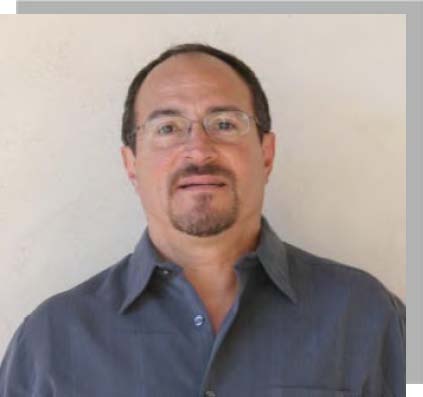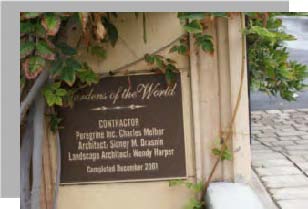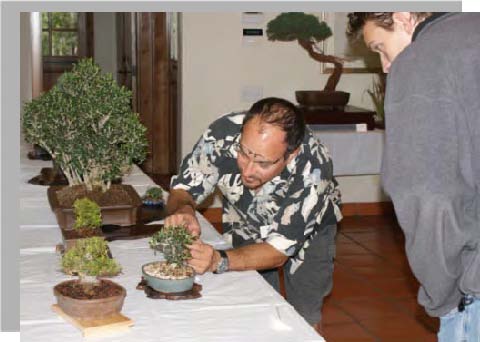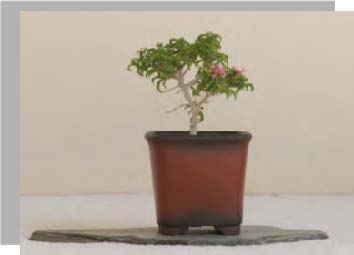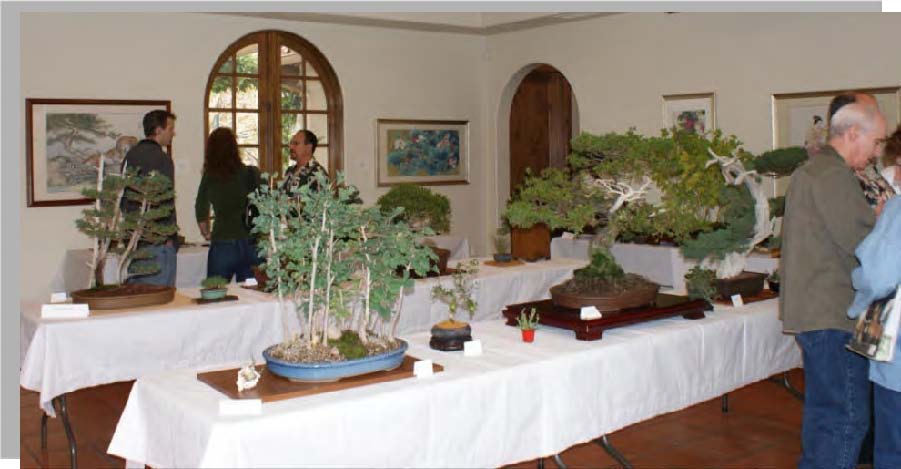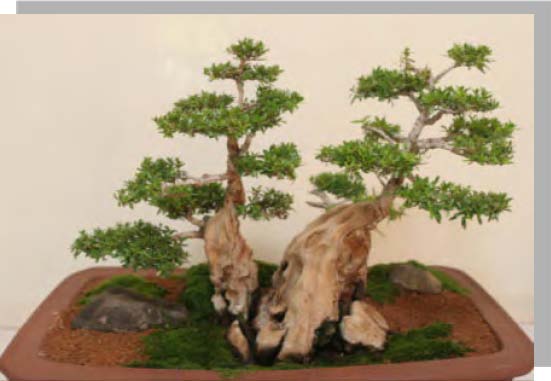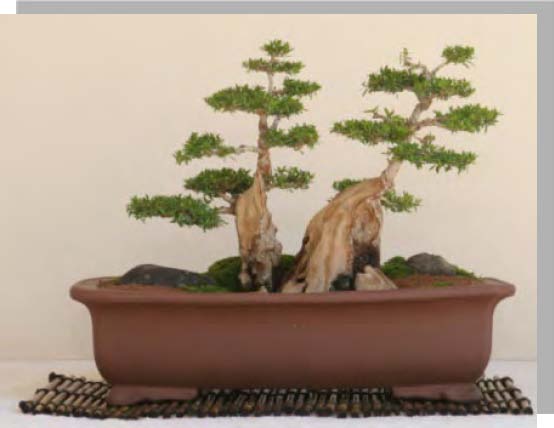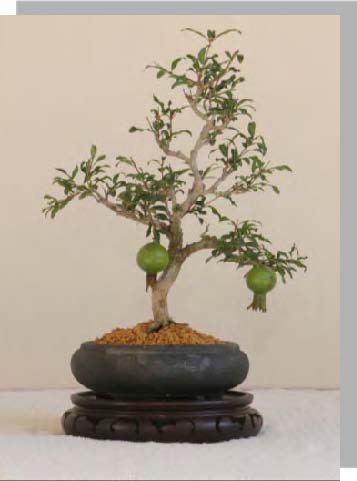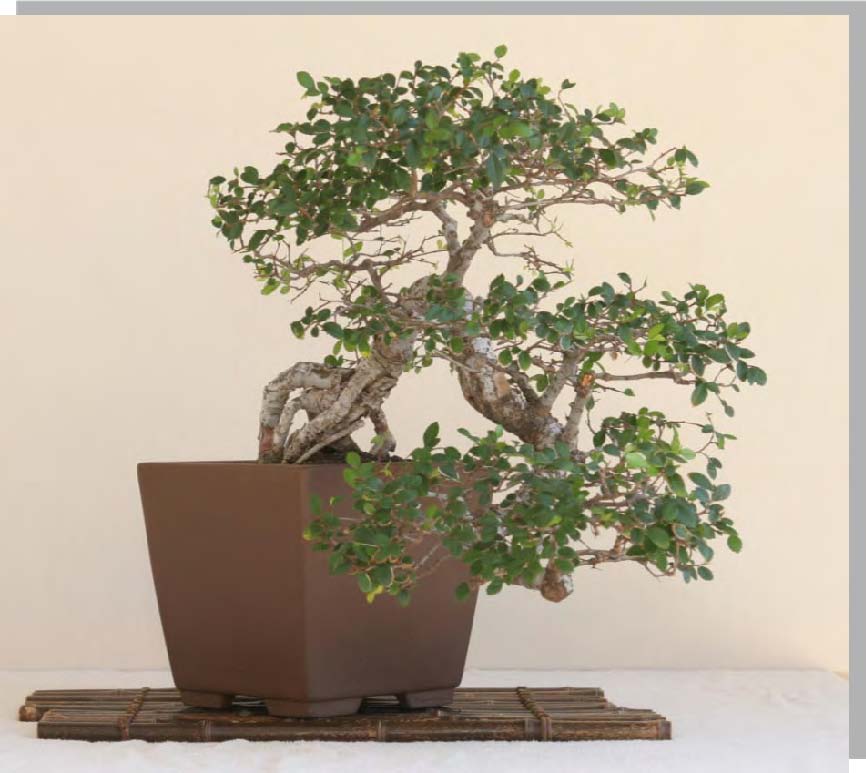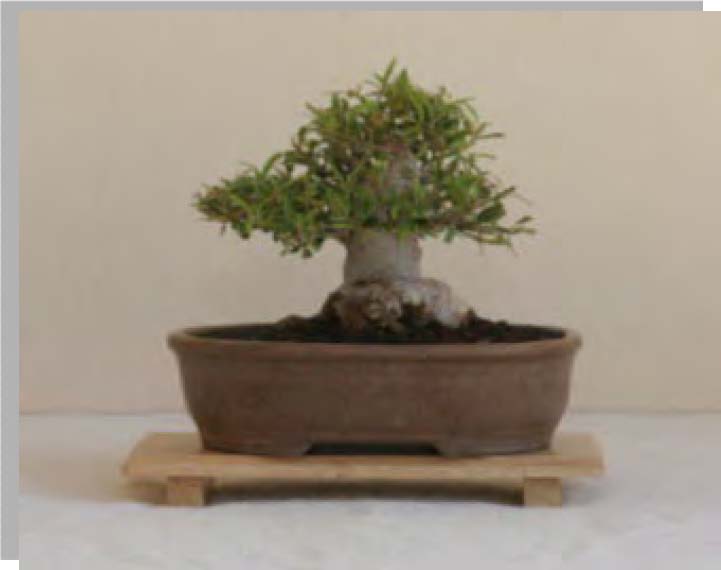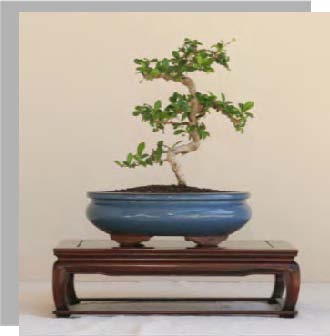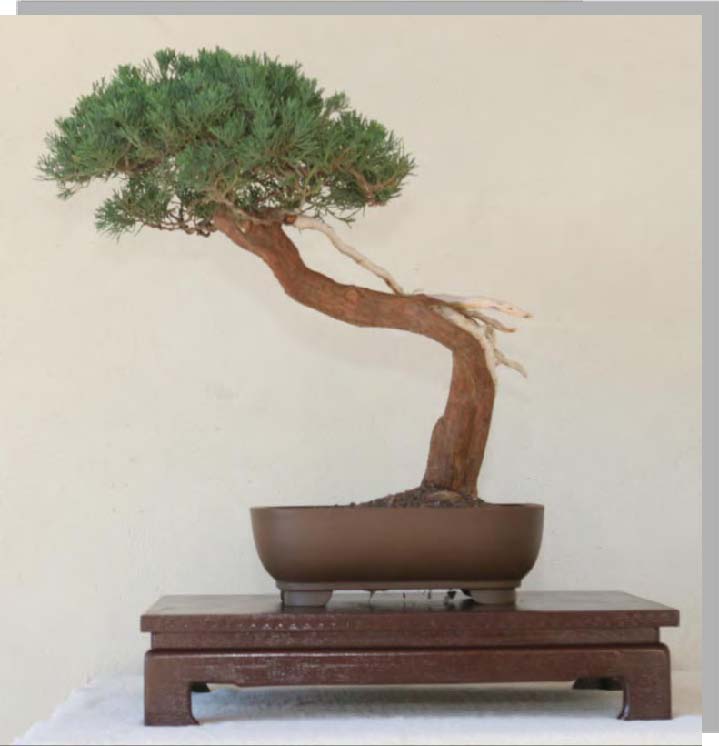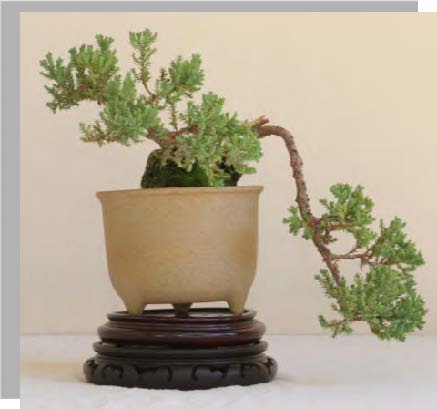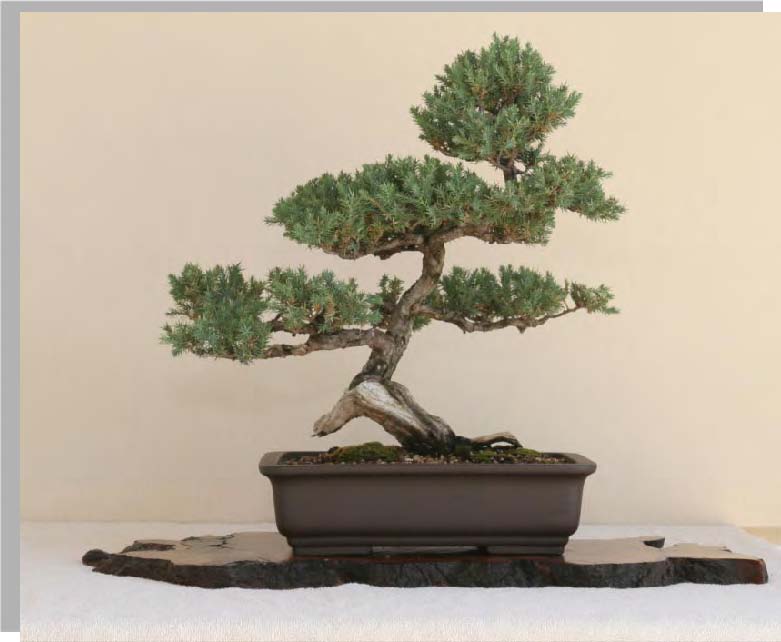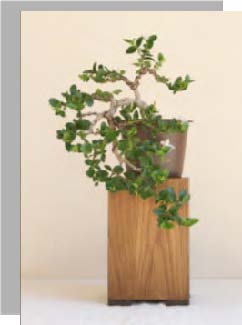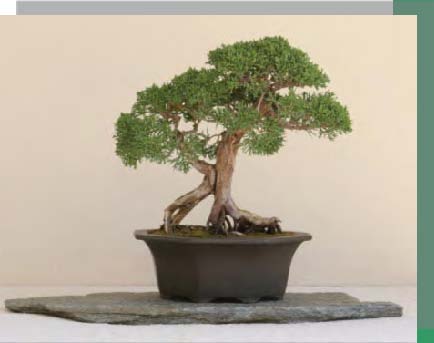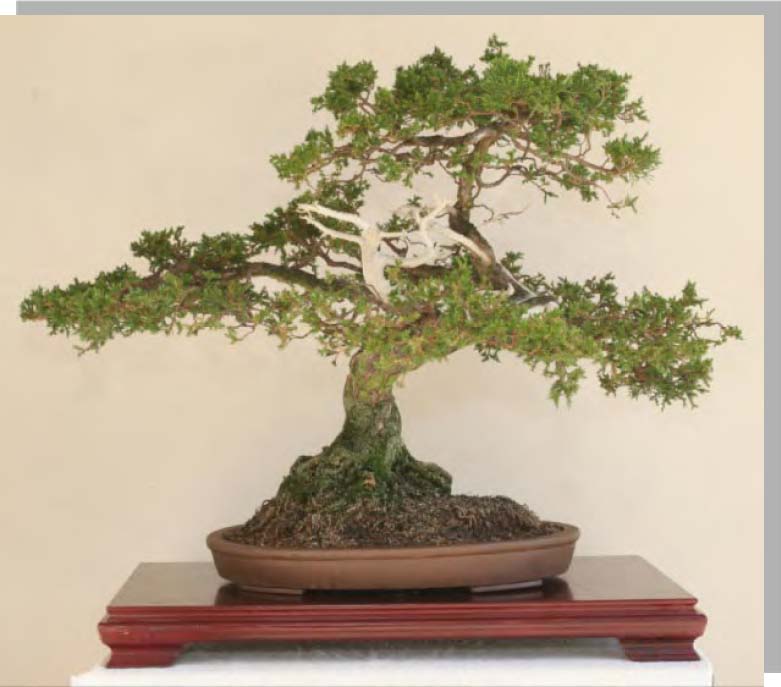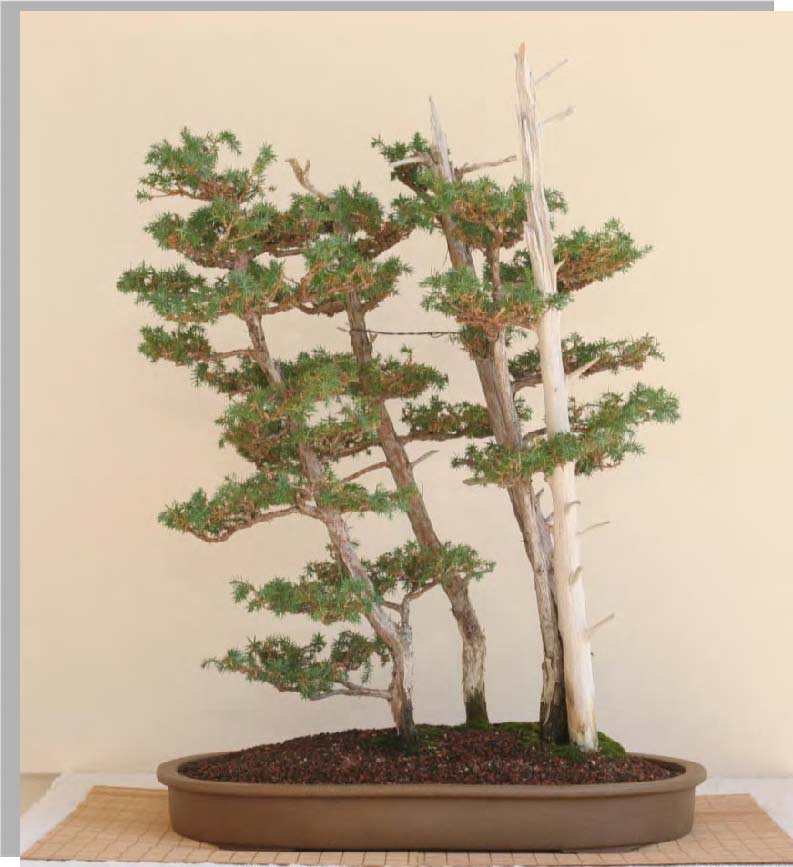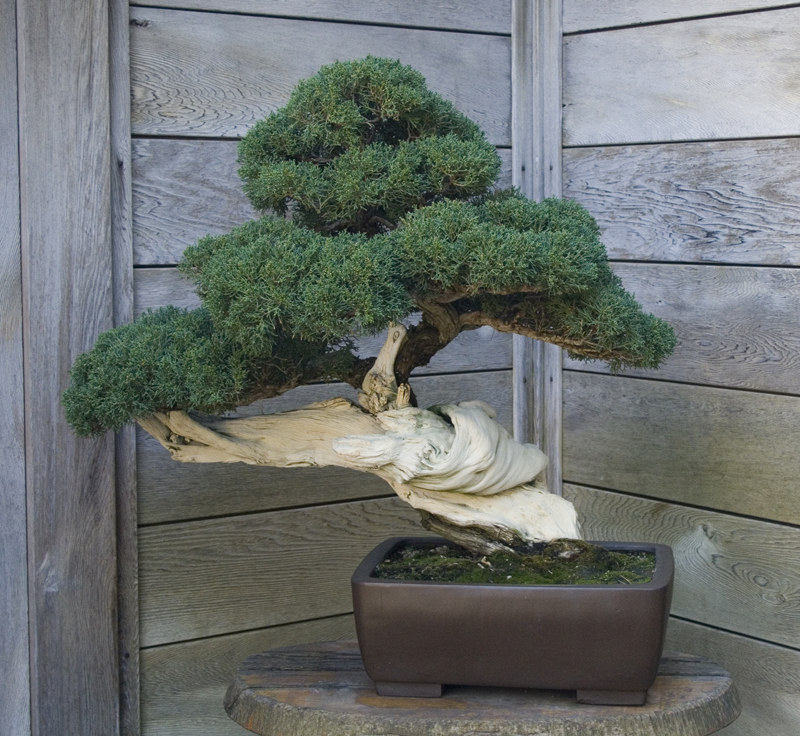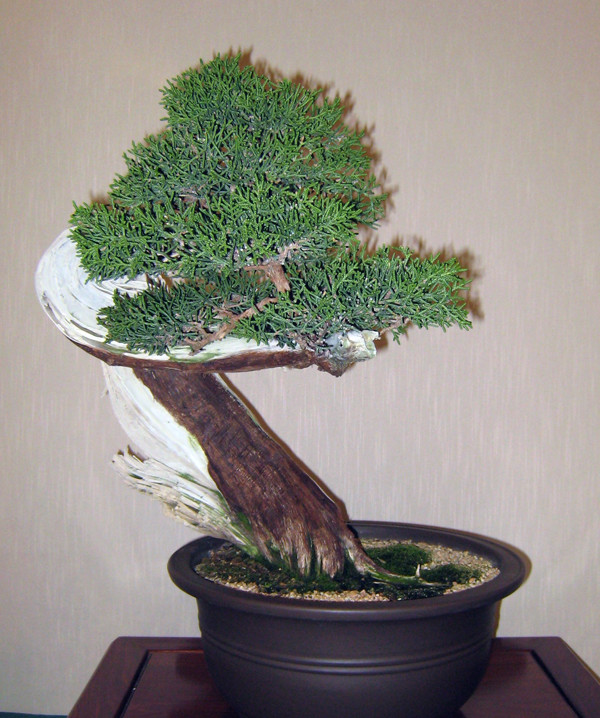November 2008 Newsletter
President’s Message
Let’s Make Our Club An Educational Organization
By Ken Fuentes
Our November meeting is the last workshop of this year and I am hoping for 100% participation. Please bring in any trees that have been worked on in the past to review and refine existing design plans.
|
If you have a tree other than a tropical that has not been styled at all, this would be the last meeting of the year to get the first phase of styling in before the cold weather sets in. Be sure to bring in your tools, wire, and necessary supplies.
I would like to mention a subject that has been coming up lately and I have a recommendation. Membership in a club like ours is to learn. The best way to learn is to work hands on. The more hands-on work you do, the better your skills will become. Let’s take advantage of the skills that are available in the club to improve the skills of all members of the club.
But watching while someone else work on your tree is not “hands-on” experience. It is important that every member do the majority of the actual work on the trees they bring to the club. So rather than having the club’s experienced members go around the room working on other people’s trees, we should follow a different format:
-
The club’s most experienced bonsai practitioners should act as teachers.
-
During club workshops, these teachers should go around the room and discuss each member’s tree with him or her, and agree on what work needs to be done.
-
If the member does not know how to do the agreed work, the teacher should demonstrate the technique once, supervise the member doing the technique once, and then move on.
-
The member should continue with the work until the same teacher comes back, when they can review the work done and make any corrections.
-
Time permitting, they can agree on the next step and proceed with it in the same manner.
I think this approach will provide a more satisfying learning experience. Meanwhile, we are working with the Golden State Bonsai Federation to tap their “Bonsai Basics” teaching/learning resources to further improve how we help all our members develop their bonsai practices. We have already proven that for a young club we can put together a very nice bonsai exhibit. Let’s focus on our weak points and make 2009 a focused year of learning.
President’s Message Addendum
Election of Officers for 2009
We will select an Election Committee for 2009 officers of the Conejo Valley Bonsai Society at the November meeting. If you are interested in serving on this important committee, please let me or any of our current officers know that you are willing to serve.
Once we have the Election Committee in place, there will be a call for nominations and volunteers (self-nominations) for the offices of president, vice president, corresponding secretary/treasurer, and recording treasurer.
These four officers form the core of our Board. Other members of the board include our past president/advisor Nat Stein, the chairs of our program and publicity standing committees, and the newsletter editor. These are appointed by, and serve at the pleasure of, the elected officers.
Refreshments Extra
December Meeting Is Holiday Potluck
By Marj Branson
A reminder for all—our December meeting will be our annual holiday potluck dinner in place of our usual workshop/meeting. All members and their partners are invited.
Holiday Dinner
Thursday, December 18, 7:30 PM to 9:30 PM
Westlake Village City Hall/Community Room
We ask all members to bring a dish. We will be circulating the signup sheet at our November meeting. Please sign up for one of the following:
Main Dish
Vegetable or salad dish
Dessert
Other
We will also be calling on assistance to set up and clean up.
If you cannot attend our November meeting and want to sign up please contact me by e-mail or phone.
Club Events
Pictures from an Exhibition
By David E. Whiteside
|
Ken Fuentes had it right when he said in last month’s President’s Message that our 2008 Annual Exhibition was our best. And here to add further proof we present a collection of photographs from the event.
The work of two photographers appears here. The studio-like shots of individual trees are by Shig Hayashi. General views of the event and trees in the Gardens of the World’s Resource Center are by Verna Murrell. Many thanks to both for capturing our event on camera.
There’s a great opportunity in carefully studying these photographs—especially those
|
of our individual trees. Flaws that we tend to overlook in the excitement and visual con-fusion of an exhibition are frozen and isolated in these pictures.
For example, one tree that captured a lot of attention and admiration during the show was my own twin-trunk myrtle (Myrtus communis). This species has fabulously tiny leaves, lending itself effortlessly to the illusion of a large, old tree. Most admirers commented first about those leaves, while others were interested in the carved dead-wood, sculptured landscape, boulders, moss, and their interplay (see Photo 6). This is as I intended, hoping to distract attention from problems with die-back in the top of the No. 1 tree.
|
|
|
|
Well, once I examined Shig’s straight-ahead photograph (shot essentially from the perspective of a bonsai show judge), I was shocked to see how many other flaws I had ignored in my own excitement about the exhibition and my overparvifolia clever slight-of-hand show preparations. Just to mention a few points, while the No. 1 trunk is clearly slanted to the right, the secondary trunk is virtually perpendicular. Worse, the secondary trunk is actually taller than the No. 1 trunk! Take a look at Photo 7 and see if you can pick out more problems with this tree.
There isn’t room to print everyone’s tree in the newsletter, but I am preparing a separate “Bonsai Information Form” for almost all of the trees that were in the exhibition. Be sure to get yours from me at the next meeting and ask one of our more experienced members to review it with you. I think we’ll all find this a great learning experience.
|
|
|
|
|
|
|
|
|
|
|
|
Barrett’s Bonsai Tips
Santa Ana Alters Fall Care Routine
By Jim Barrett
Boy! Last month was more like August than October.
Most of my deciduous bonsai took a real beating from the heat and their natural slowing down for the fall/winter dormancy. Consequently the leaves on the maples, hornbeam, and plum are pretty far gone. I do not expect new growth to replace them.
Although it seems early, I’m recommending that you defoliate Japanese maples and any deciduous tree whose leaves are shriveled and damaged from the hot, dry Santa Ana weather we had last month. Remove old leaves from the soil, and scrub the bark on smooth-bark trees with a mild detergent or Safers insecticide soap. An early dormant spray treatment would then be a prudent thing to do.
I wouldn’t defoliate elms, pomegranates, or other deciduous trees if their foliage is still healthy and strong. Repotting quince this month is recommended by many of our Japanese experts. Waiting until spring tends to cause heavy, thick roots and to stunt the tree’s growth. Quince should be given as much sun as you can provide. No high-nitrogen fertilizers for the rest of this year. Plants are not taking up water as fast now, so modify your watering schedule accordingly. Pale green or chartreuse foliage on pines and junipers may indicate their soil is staying too wet. Hold back on the water and try keeping the soil on the dry side (but not bone dry).
Black pine and more juniper bonsai can still be repotted now. The trees that have dropped their leaves and the ones you have defoliated can be pruned and wired for detail. It’s easier with the foliage gone. Also, remove old wire that appears to have done its job.


